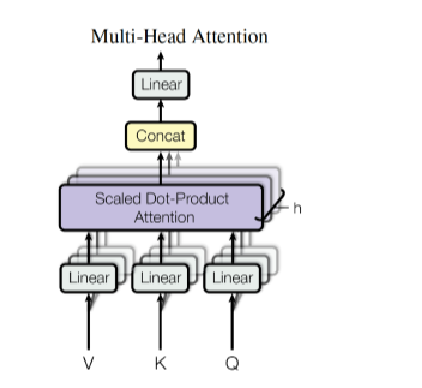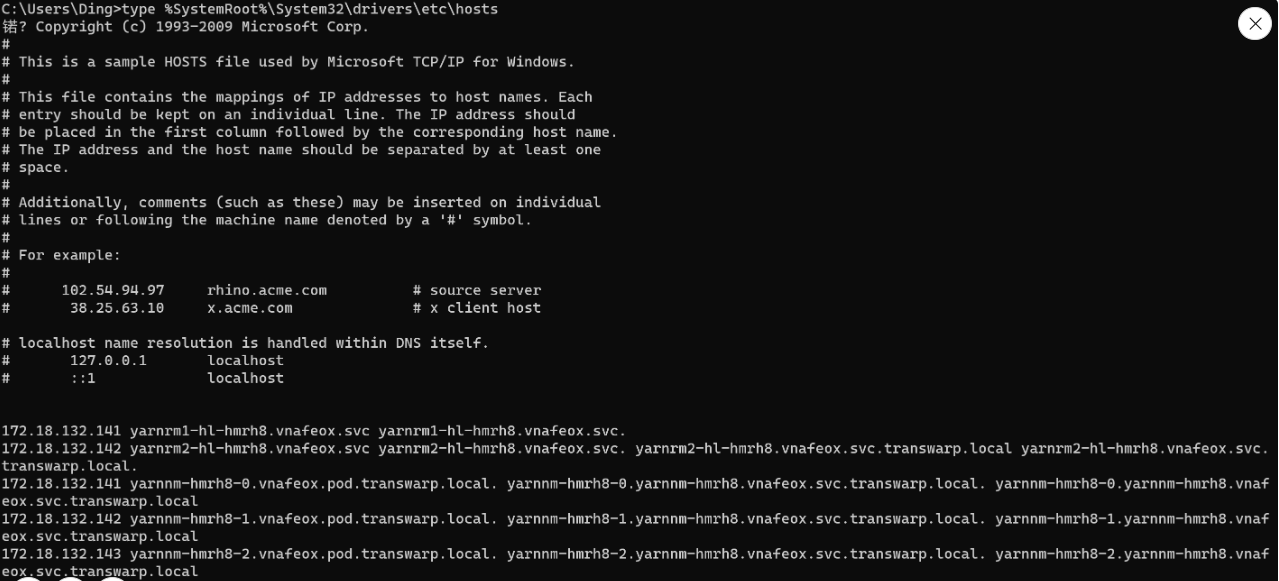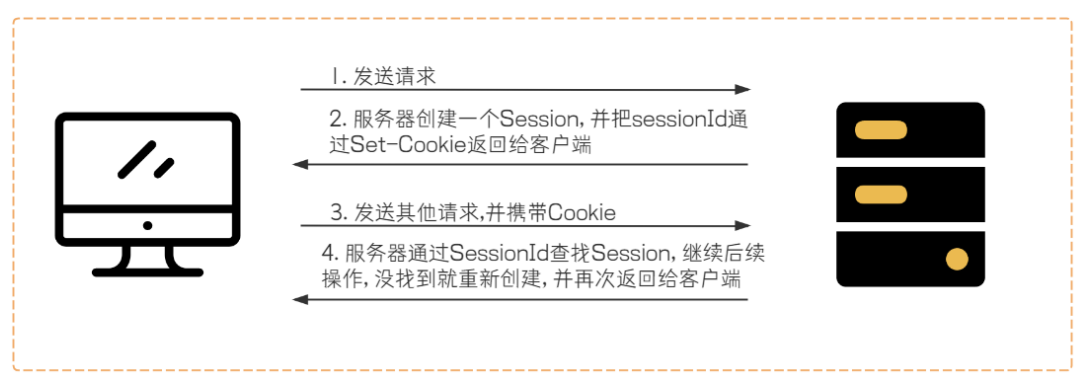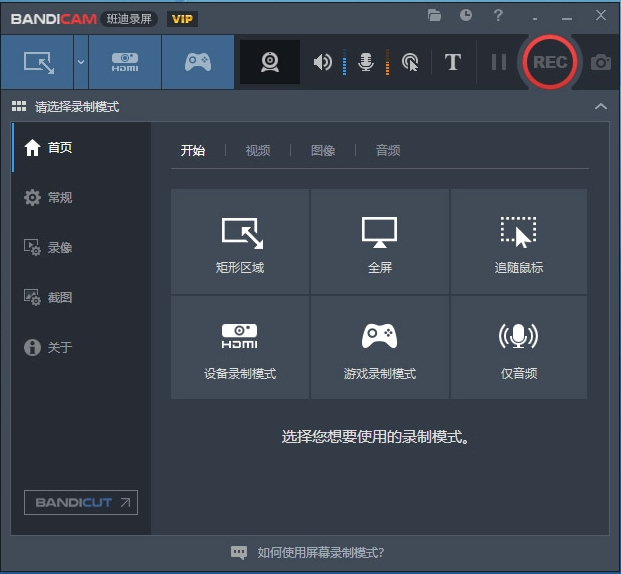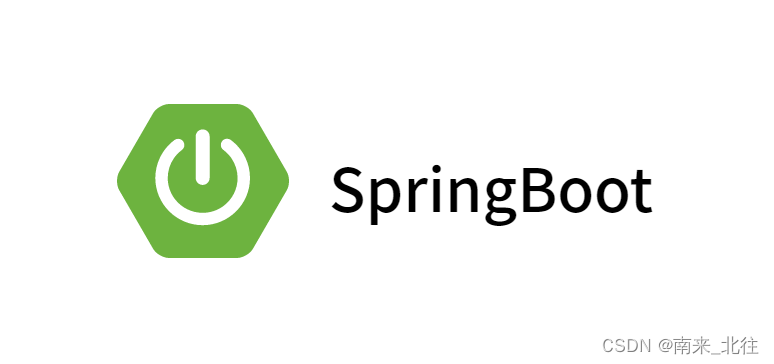
博客主页: 南来_北往
系列专栏:Spring Boot实战
在Spring Boot中,自定义注解和组件扫描是两种强大的机制,它们允许开发者以声明性的方式动态注册Bean。这种方式不仅提高了代码的可读性和可维护性,还使得Spring Boot应用的配置更加灵活和可扩展。以下将详细讲解这两种机制在Spring Boot中如何协同工作,以实现动态注册Bean。
一、自定义注解
自定义注解是Java提供的一种元数据形式,它允许开发者为代码添加额外的信息,这些信息可以在编译时、加载时或运行时被访问和处理。在Spring Boot中,自定义注解通常用于标记需要被Spring容器管理的类,或者用于配置特定的行为。
1、定义自定义注解
要定义一个自定义注解,需要使用@interface关键字,并指定注解的保留策略(@Retention)、目标元素(@Target)等元信息。例如,定义一个名为@MyComponent的自定义注解,用于标记需要被Spring容器管理的类:
@Retention(RetentionPolicy.RUNTIME)
@Target(ElementType.TYPE)
public @interface MyComponent {
}2、使用自定义注解
在需要被Spring容器管理的类上使用自定义注解。例如:
@MyComponent
public class MyBean {
// 类的实现
}二、组件扫描
组件扫描是Spring框架提供的一种机制,它允许Spring容器在启动时自动扫描指定包下的类,并根据类上的注解(如@Component、@Service、@Repository等)将其注册为Bean。在Spring Boot中,组件扫描通常通过@ComponentScan注解或启动类上的默认扫描行为来实现。
1、配置组件扫描
在Spring Boot应用中,可以通过在启动类上添加@ComponentScan注解来配置组件扫描的路径。例如:
@SpringBootApplication
@ComponentScan(basePackages = "com.example.myapp")
public class MyApplication {
public static void main(String[] args) {
SpringApplication.run(MyApplication.class, args);
}
}如果启动类位于根包下,并且希望扫描所有子包中的组件,则可以省略@ComponentScan注解,因为@SpringBootApplication注解已经包含了@ComponentScan注解,并且默认扫描启动类所在的包及其子包。
2、动态注册Bean
要实现通过自定义注解和组件扫描动态注册Bean,需要创建一个实现了ImportBeanDefinitionRegistrar接口的类,并在该类中编写逻辑来扫描指定包下的类,并根据自定义注解将其注册为Bean。例如:
public class MyBeanDefinitionRegistrar implements ImportBeanDefinitionRegistrar {
@Override
public void registerBeanDefinitions(AnnotationMetadata importingClassMetadata, BeanDefinitionRegistry registry) {
// 扫描指定包下的类
ClassPathBeanDefinitionScanner scanner = new ClassPathBeanDefinitionScanner(registry);
scanner.setResourceLoader(new PathMatchingResourcePatternResolver());
scanner.addIncludeFilter(new AnnotationTypeFilter(MyComponent.class));
scanner.scan("com.example.myapp");
}
}然后,需要创建一个用于启用自定义注解扫描的注解,并在该注解上使用@Import注解来导入MyBeanDefinitionRegistrar类:
@Retention(RetentionPolicy.RUNTIME)
@Target(ElementType.TYPE)
@Documented
@Import(MyBeanDefinitionRegistrar.class)
public @interface EnableMyComponents {
}最后,在启动类上使用@EnableMyComponents注解来启用自定义注解扫描:
@SpringBootApplication
@EnableMyComponents
public class MyApplication {
public static void main(String[] args) {
SpringApplication.run(MyApplication.class, args);
}
} 现在,当Spring Boot应用启动时,它会扫描指定包下的类,并根据@MyComponent注解将其注册为Bean。
三、总结
自定义注解和组件扫描是Spring Boot中动态注册Bean的两种重要机制。通过定义和使用自定义注解,开发者可以以声明性的方式标记需要被Spring容器管理的类。而组件扫描则允许Spring容器在启动时自动扫描指定包下的类,并根据类上的注解将其注册为Bean。通过结合这两种机制,开发者可以更加灵活和可扩展地配置Spring Boot应用中的Bean。

